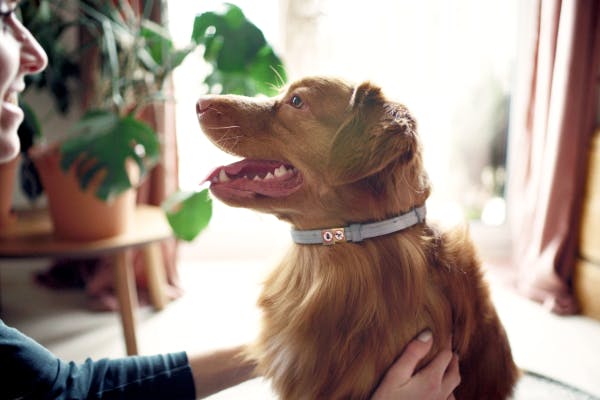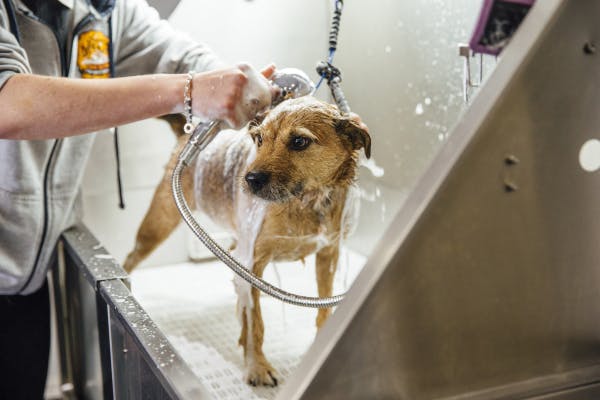#1 — PECOLE Remote Controlled Dog Training Collar
 PECOLE Remote Controlled Dog Training Collar
PECOLE Remote Controlled Dog Training Collarproduct rating:
- our rating90 out of 100
This dog training collar is more than a tool. It's a complete training system. It gives you three different ways to train your dog: sound, vibration, and shock alerts. Each way has a special role in your dog's training. The sound alert makes a beep to get your dog's attention. The vibration alert sends a feeling your dog can sense. The shock alert gives a small zap to catch your dog's attention right away.
The collar is designed with both use and safety in mind. It has a remote control that works up to 1,600 feet away, so it's good for big spaces like parks or big yards. The remote control has a safety lock to stop accidental shocks from happening. The collar is also made to last. It's made from strong nylon and it's waterproof, so it can take what even the most active dogs can dish out. Its battery lasts up to 12 days before you need to charge it again.
Where to buy in U.S.A:
Price range:
What we like:
- Offers sound, vibration, and shock alerts for flexible training.
- Allows customization based on pet's tolerance.
- Reduces need for frequent charging.
- Simplifies training with remote control feature.
What could be better:
- Fails to function after being submerged in water.
- May be uncomfortable for smaller dogs.
















